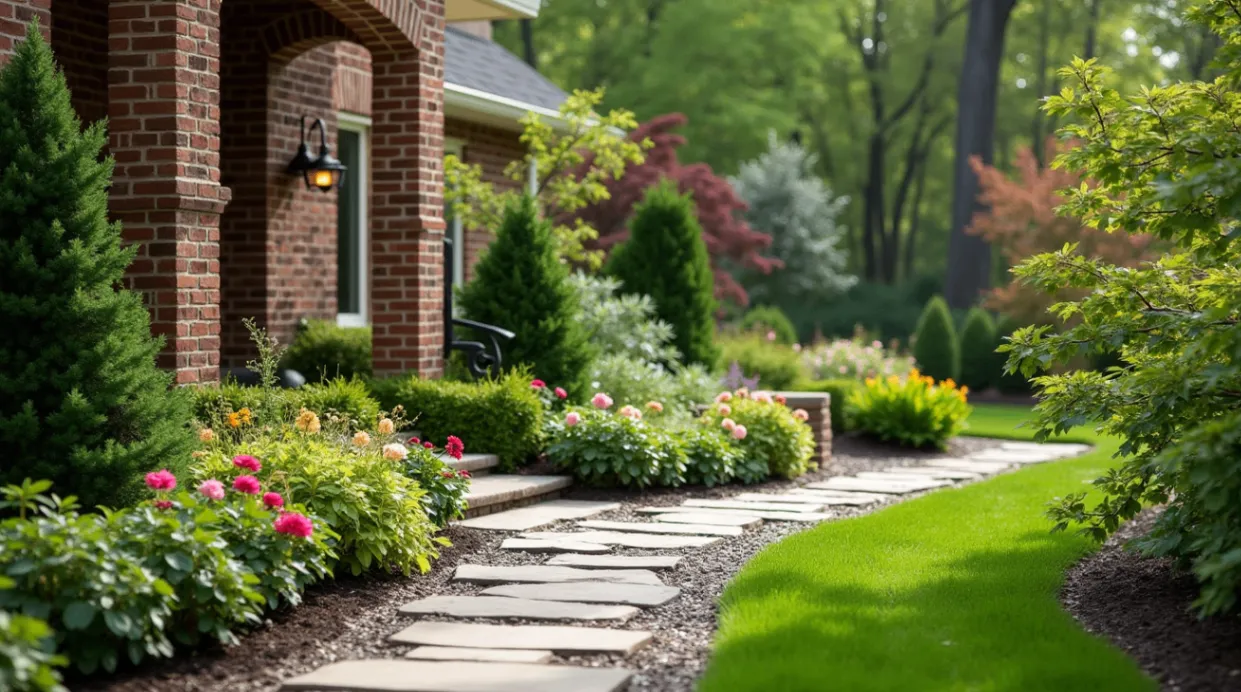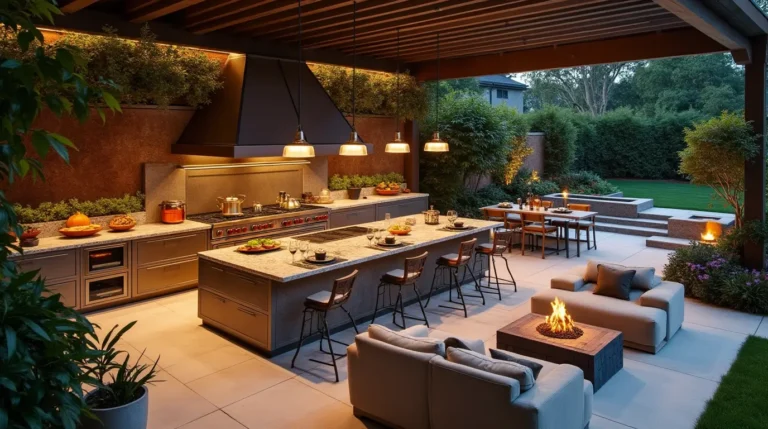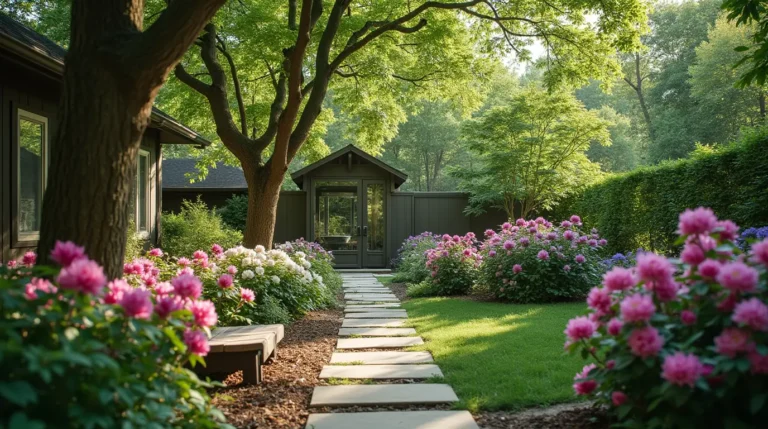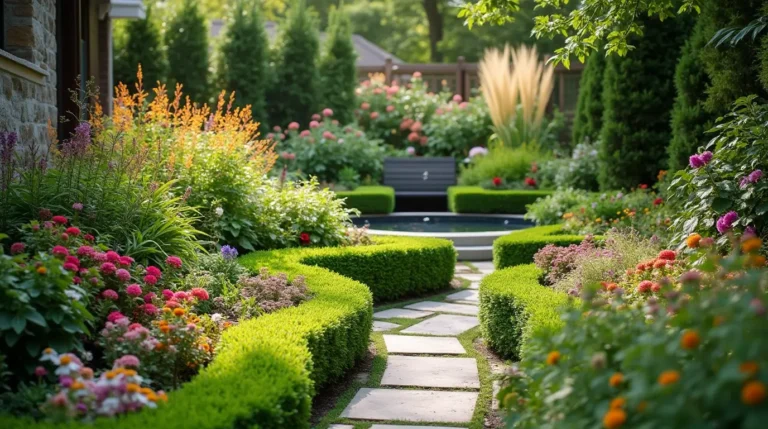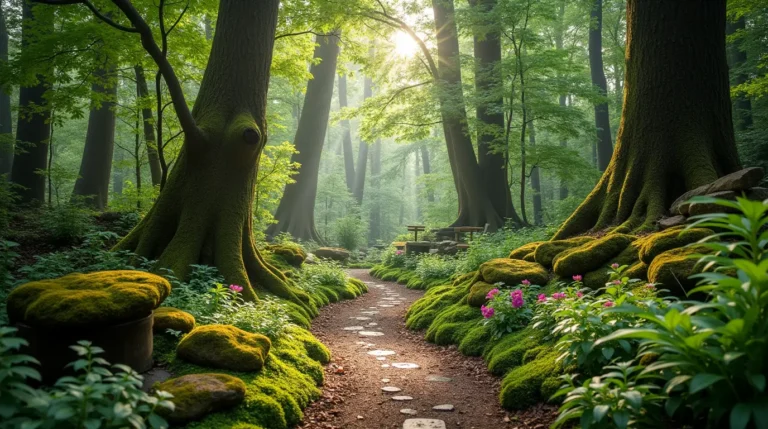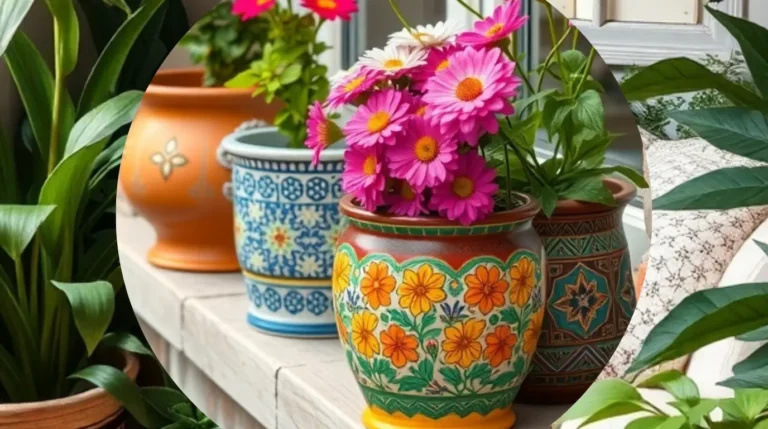20 Landscaping Ideas: How To Transform Your Outdoor Space
1. Landscaping for Curb Appeal
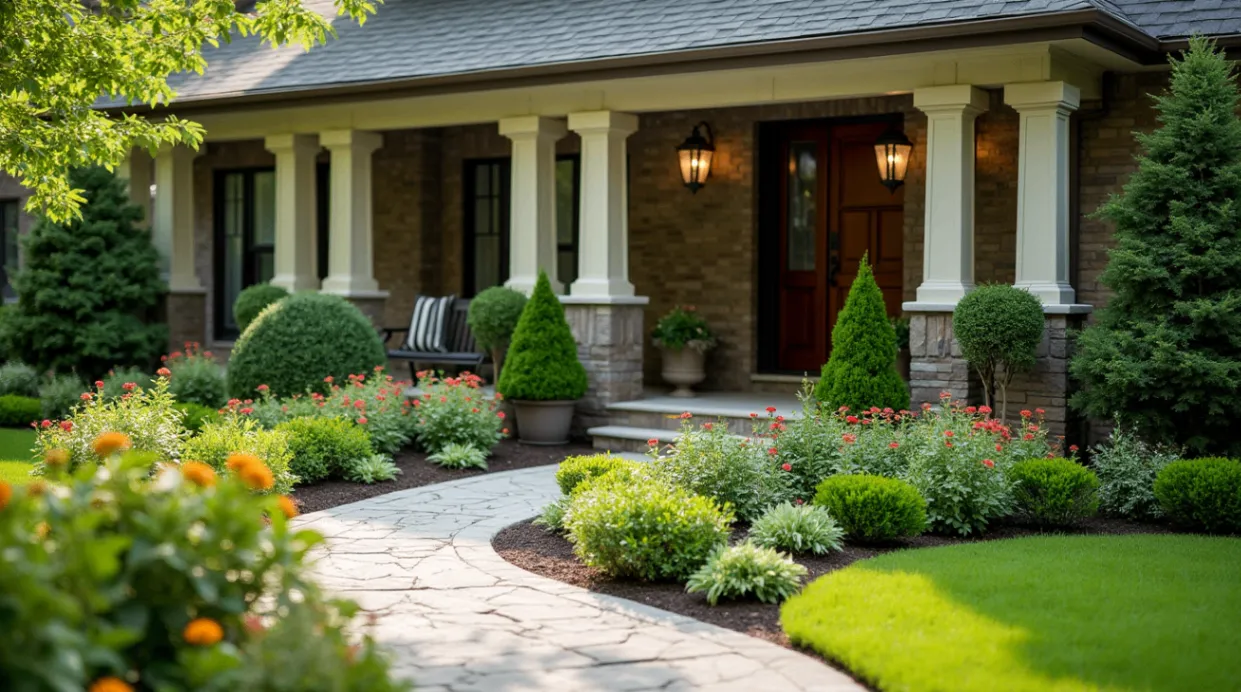
Landscaping is essential for enhancing curb appeal, which is the visual attractiveness of a property when viewed from the street. A well-thought-out landscaping design not only beautifies the exterior but also adds value to the property. Strategic placement of shrubs, flowering plants, and a lush green lawn can create an inviting atmosphere that leaves a lasting impression. Whether you’re selling your home or just want to make a statement, investing in professional landscaping can be a game-changer. Adding features like a pathway bordered with colorful perennials or a stylish fountain centerpiece can transform a simple yard into a breathtaking landscape.
2. Backyard Landscaping Ideas
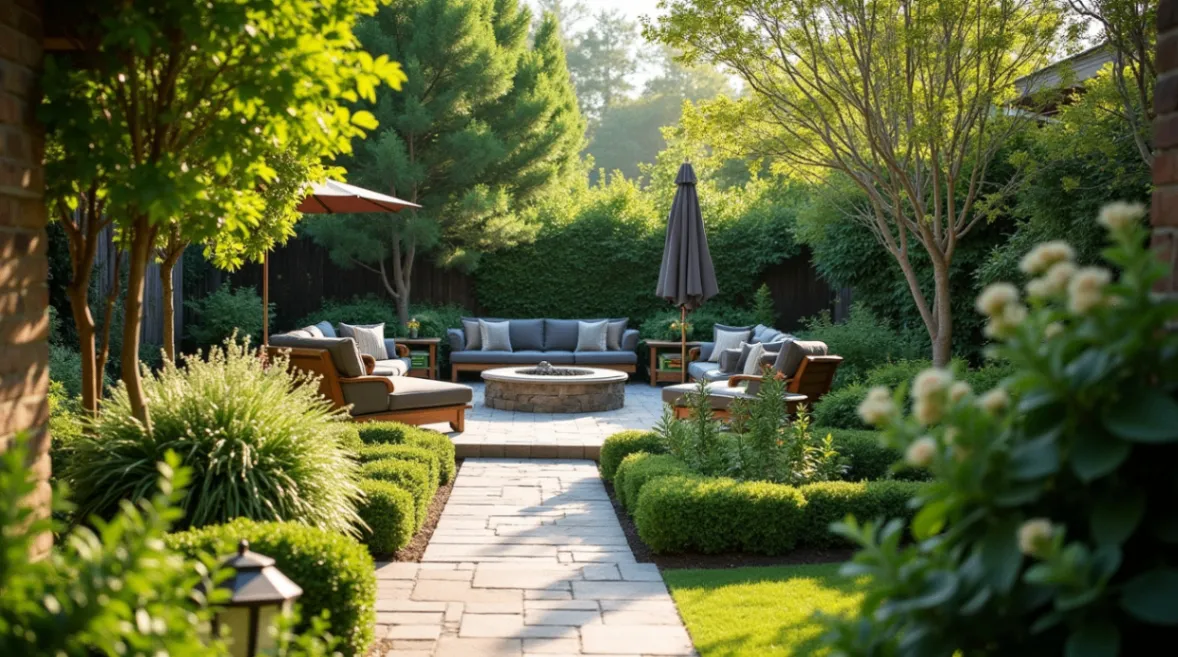
Backyard landscaping offers countless opportunities to express creativity and create a private sanctuary. Utilizing landscaping elements such as stone walkways, water features, and native plants can make your backyard a relaxing retreat. By incorporating different textures and colors, you can define different zones, such as a cozy seating area surrounded by ornamental grasses or a fire pit encircled by a stone patio. Effective landscaping combines functionality and aesthetics, making it possible to enjoy the beauty of nature right at your doorstep while also enhancing usability.
3. Landscaping with Native Plants
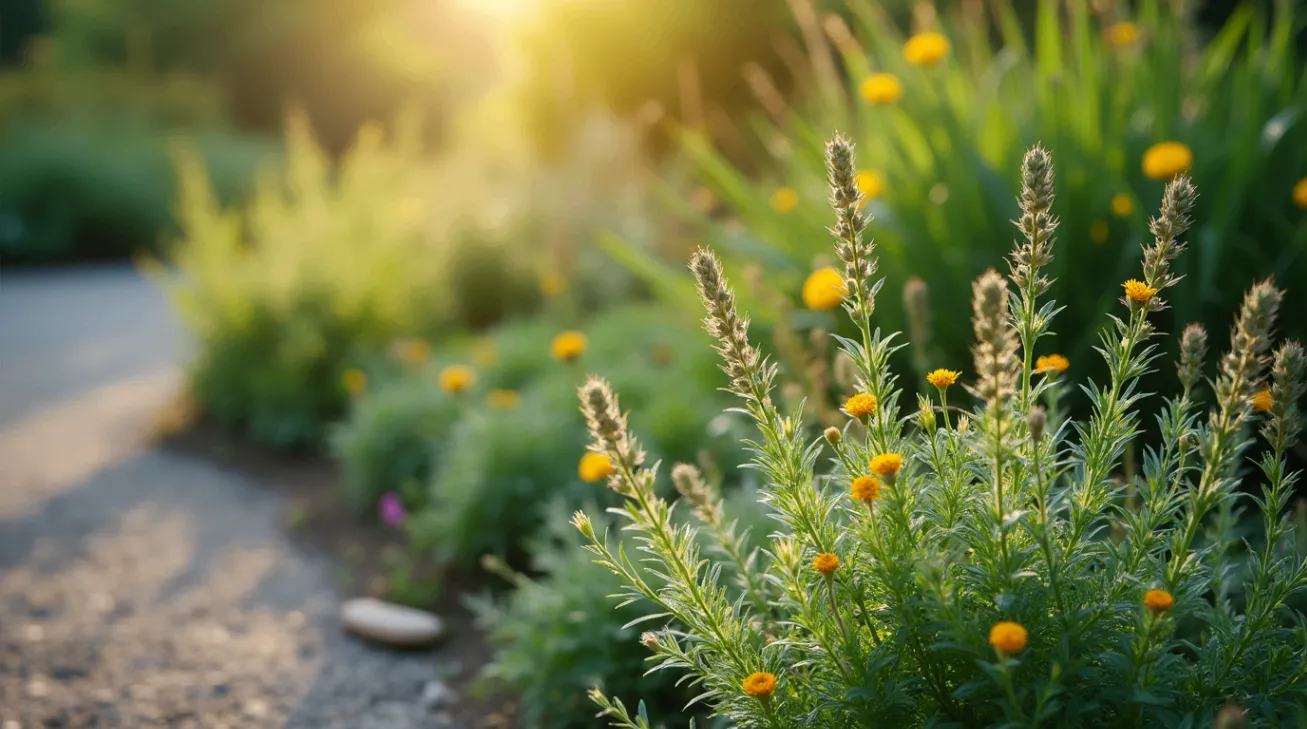
Using native plants in landscaping is a sustainable and cost-effective way to create a beautiful garden that thrives in your local environment. Native plants require less water, fertilizers, and maintenance, making them an eco-friendly choice. By choosing plants that are indigenous to your area, you encourage local wildlife, such as pollinators and birds, to visit your garden. This type of landscaping not only enhances the aesthetic appeal of your yard but also supports biodiversity and the health of local ecosystems.
4. Landscaping for Small Spaces
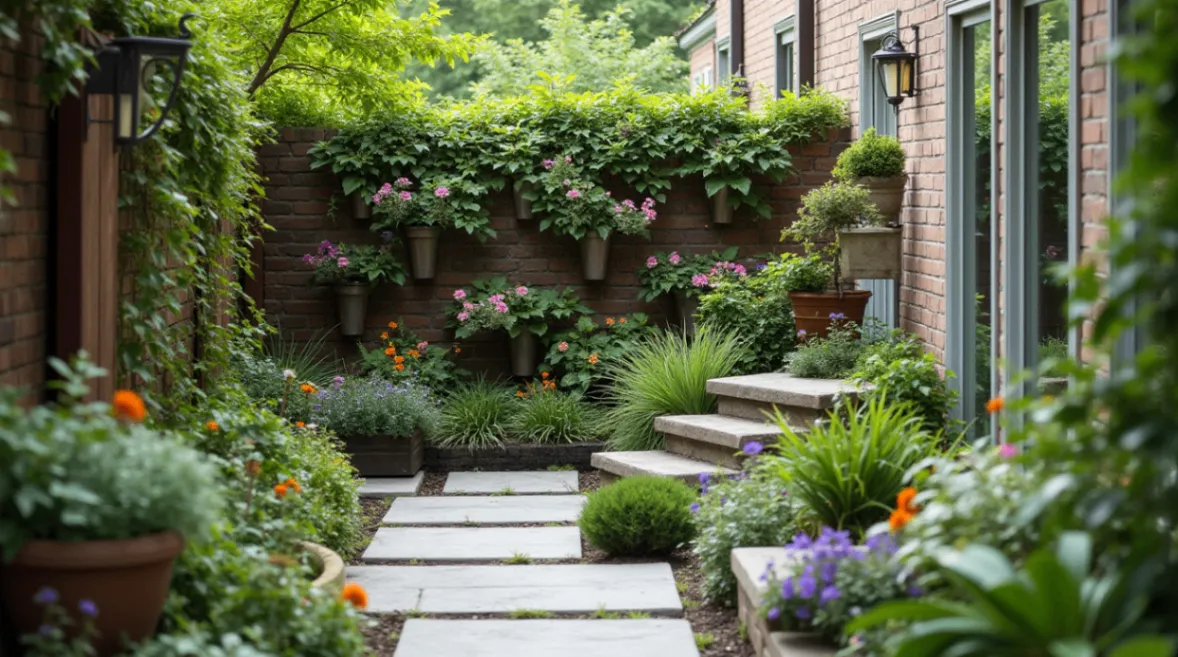
Landscaping is not just for expansive yards; it can be equally impactful in small spaces. Whether you have a compact urban garden or a narrow side yard, creative landscaping techniques can maximize the potential of these limited areas. Vertical gardens, container planting, and tiered flower beds are just a few options that add depth and interest to small spaces. Incorporating elements like mirrors or strategically placed lighting can also make the area feel larger. Landscaping a small space requires careful planning but can result in a charming and functional outdoor area.
5. Landscaping for Privacy
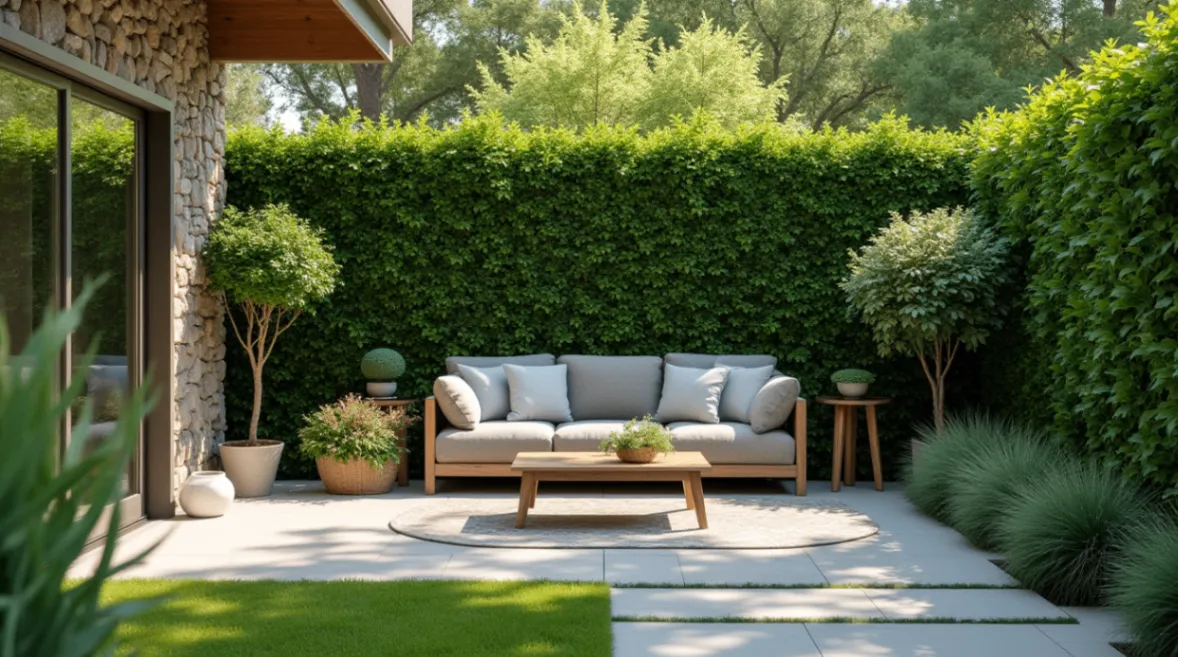
Privacy is often a primary concern for homeowners, and landscaping is an effective way to create a secluded sanctuary. Tall hedges, dense shrubs, and strategically placed trees can act as natural screens, blocking unwanted views and reducing noise. Using landscaping to create privacy doesn’t have to mean sacrificing aesthetics. You can plant flowering vines on trellises or build a stylish green wall for a more decorative approach. This type of landscaping not only enhances privacy but also adds texture and color to your garden.
6. Front Yard Landscaping
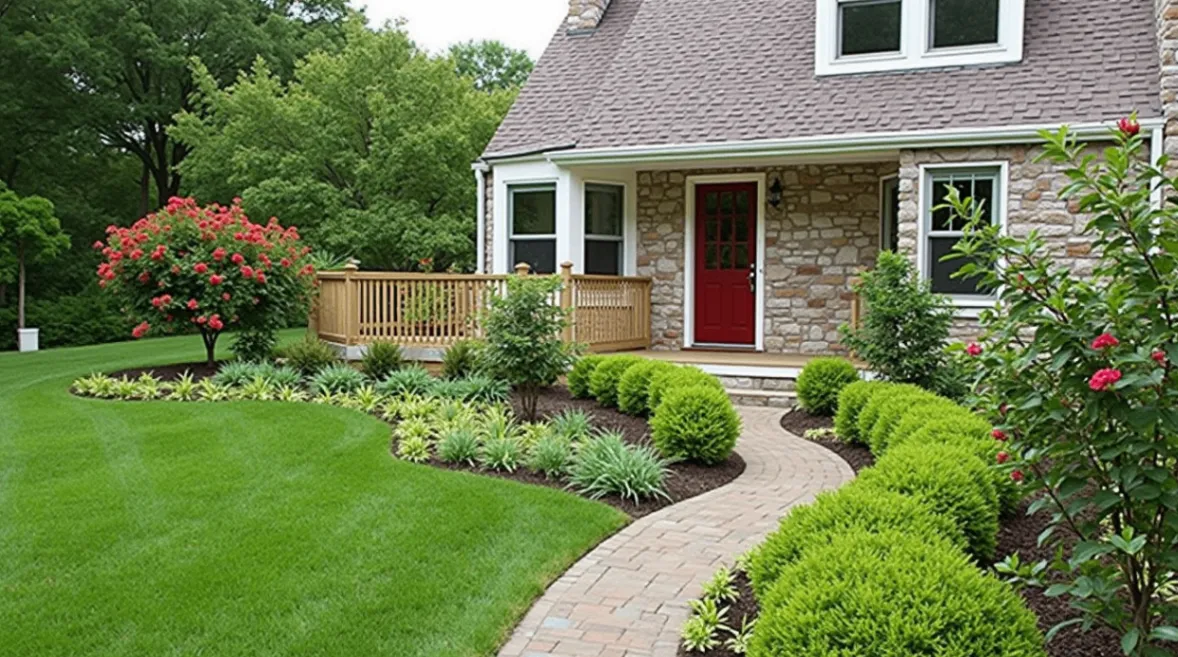
The front yard is the first impression visitors get of your home, so it’s crucial to invest in thoughtful landscaping. A well-designed front yard should complement the architecture of the house and create a welcoming atmosphere. Incorporating elements such as a curved pathway, flowering borders, and neatly trimmed hedges can enhance the visual appeal of the space. Front yard landscaping can also include a mix of hardscape and softscape elements, like a charming picket fence adorned with climbing roses or a stone retaining wall that adds structure and elegance.
7. Landscaping for Wildlife
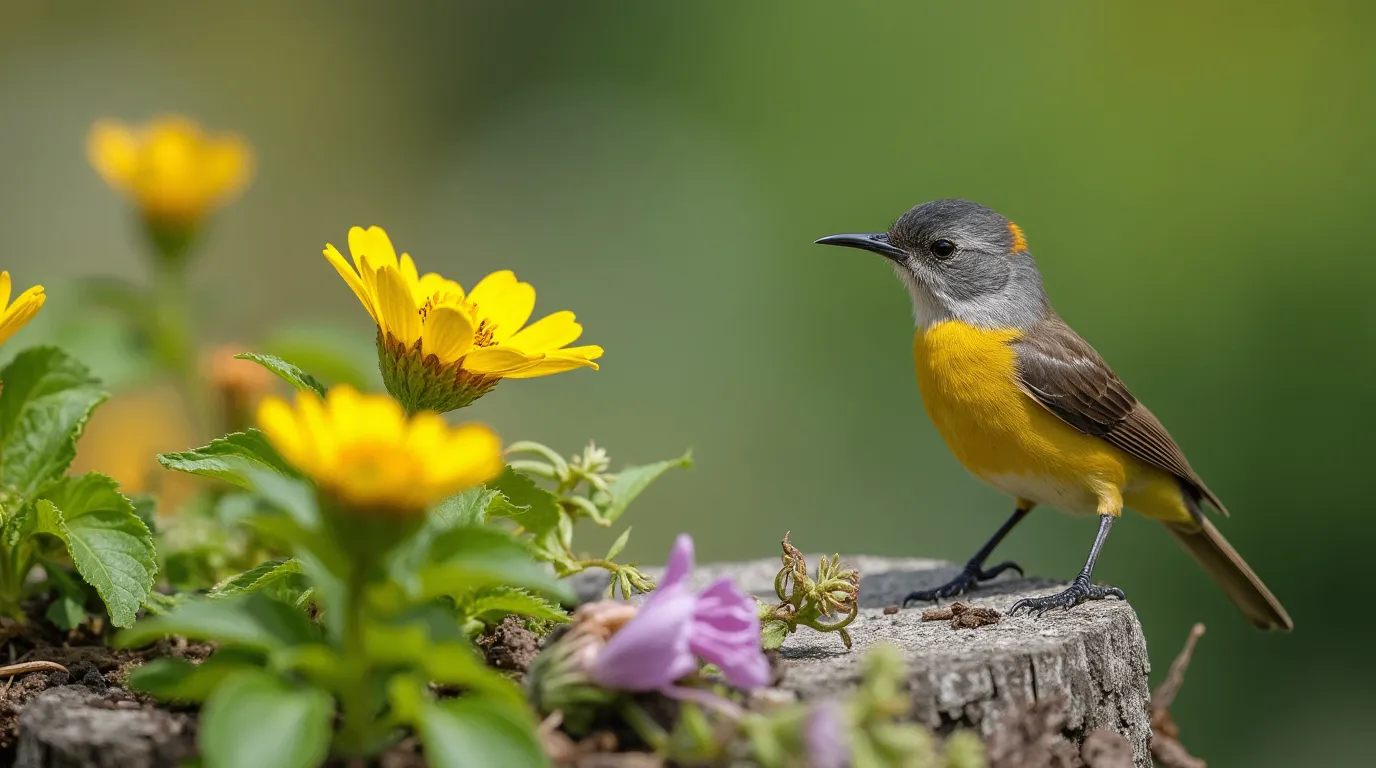
Creating a wildlife-friendly garden through landscaping is a rewarding way to attract a variety of birds, butterflies, and other beneficial creatures. By choosing native plants, providing food sources, and incorporating water features, you can turn your garden into a thriving habitat. Landscaping for wildlife goes beyond aesthetic appeal; it helps support the local ecosystem. Adding elements like bird feeders, bee hotels, and butterfly-friendly flowers makes your garden a safe haven for wildlife, promoting biodiversity and contributing to conservation efforts.
8. Landscaping with Ornamental Grasses
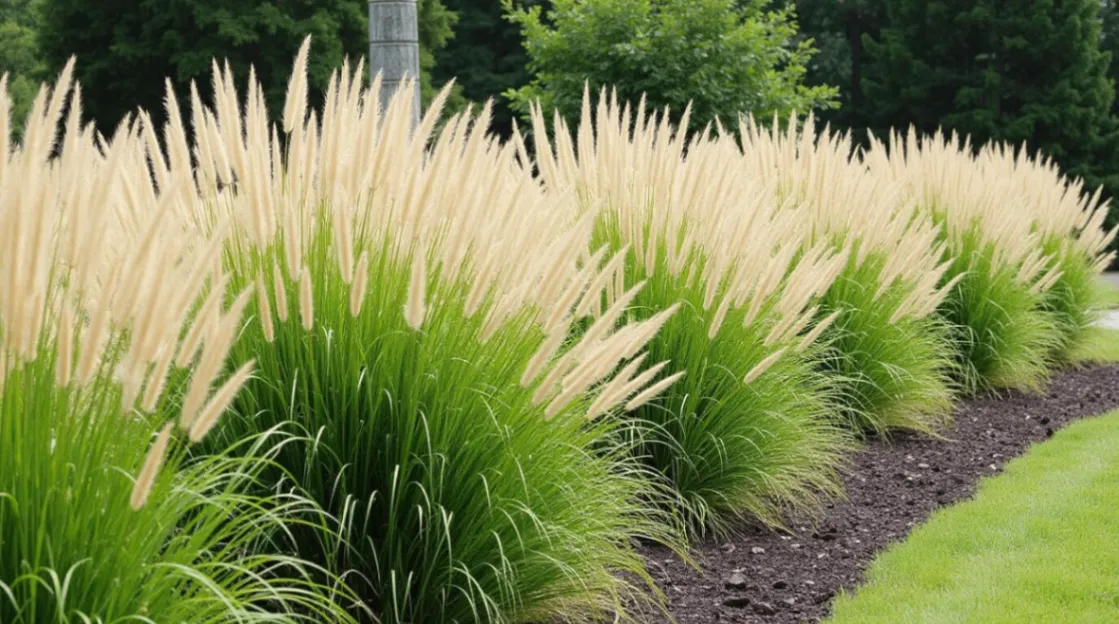
Ornamental grasses are versatile and low-maintenance plants that add movement, texture, and color to any landscaping design. They can be used as borders, ground covers, or even as focal points in a garden. With their feathery plumes and arching stems, ornamental grasses sway gracefully in the breeze, adding a dynamic element to your landscape. Landscaping with these grasses is ideal for those looking for a contemporary, naturalistic style that requires minimal upkeep. Their ability to thrive in various soil conditions makes them a practical choice for many settings.
9. Landscaping for Outdoor Living
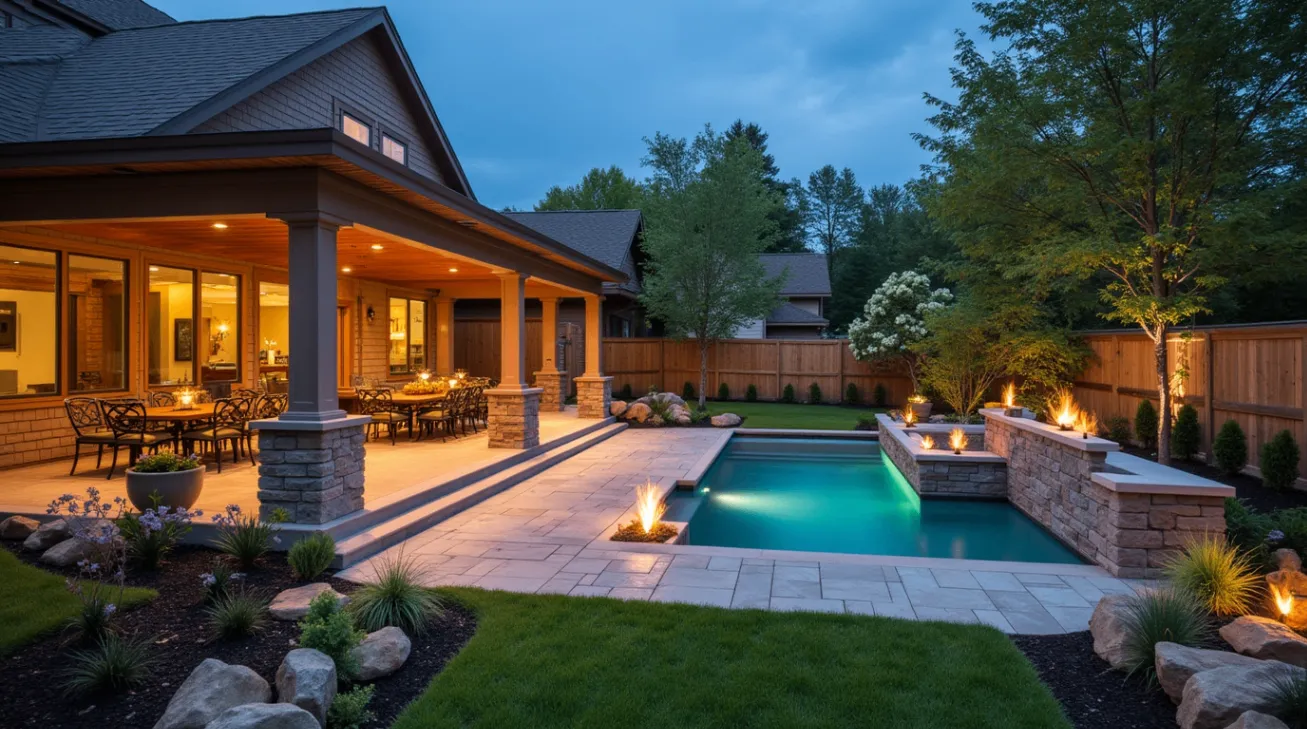
Outdoor living spaces have become a popular trend in modern landscaping. Creating a functional outdoor area with elements such as patios, pergolas, and outdoor kitchens can extend your living space and increase property value. Thoughtful landscaping can define these areas, making them more inviting and comfortable. Using trees for shade, installing water features for ambiance, and incorporating decorative lighting can elevate your outdoor living experience. Landscaping with these elements turns your backyard into an ideal spot for entertaining or relaxing with family and friends.
10. Landscaping with Water Features
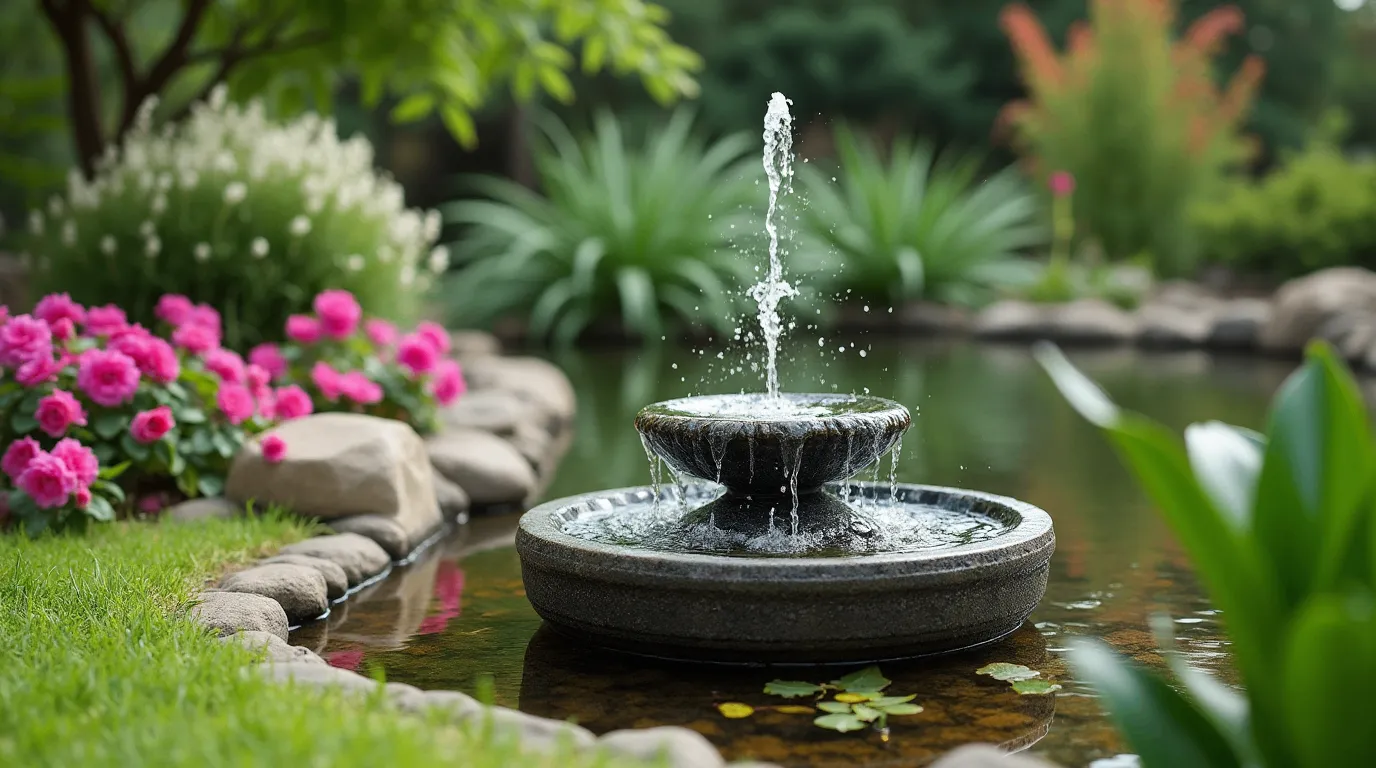
Adding water features like fountains, ponds, or waterfalls to your landscaping design can create a tranquil and serene atmosphere. The sound of running water has a calming effect, making water features a perfect addition to meditation or relaxation areas. Landscaping with water elements not only enhances the visual appeal but also attracts wildlife, such as birds and dragonflies, to your garden. Whether it’s a simple birdbath or an elaborate koi pond, incorporating water features can transform your landscape into a peaceful oasis.
11. Low-Maintenance Landscaping
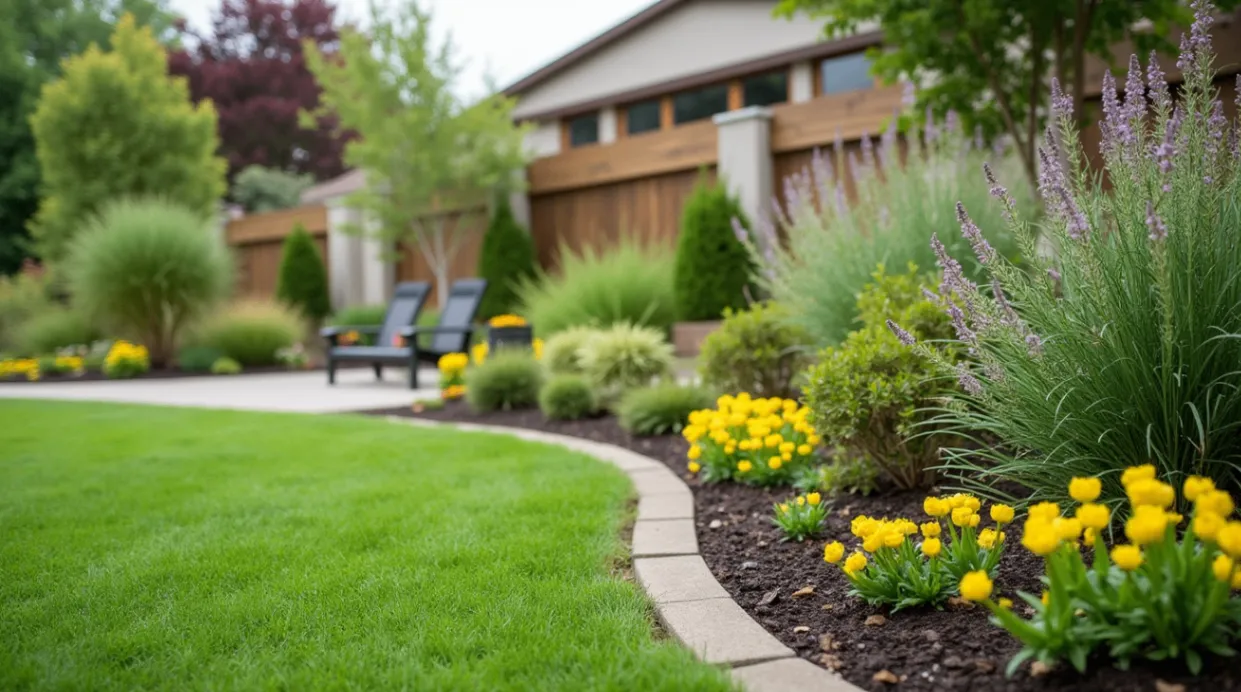
Low-maintenance landscaping is ideal for those who want a beautiful garden without the constant upkeep. By choosing drought-tolerant plants, mulching to reduce weeds, and installing an efficient irrigation system, you can minimize the time and effort required to maintain your garden. Landscaping for low maintenance doesn’t mean sacrificing beauty. Incorporating features like rock gardens, gravel paths, and perennial borders can create a visually appealing landscape that is easy to care for and sustainable in the long term.
12. Landscaping with Color
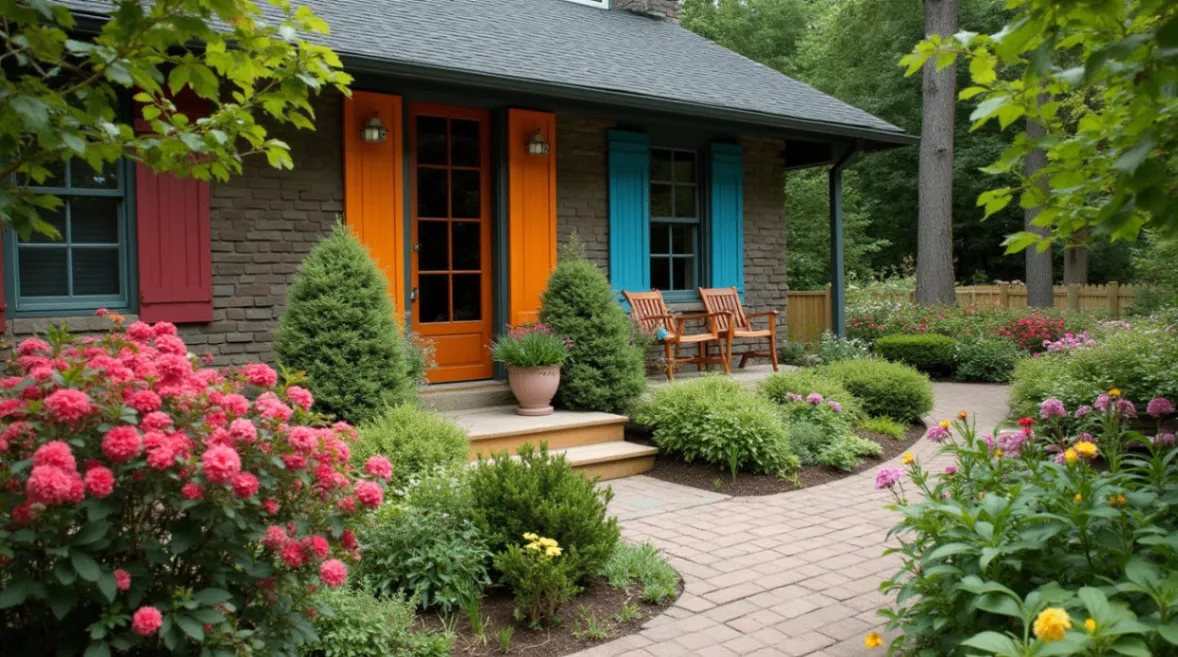
Using color effectively in landscaping can transform the look and feel of your garden. A mix of flowering plants, foliage, and seasonal blooms can create a vibrant and dynamic landscape. Landscaping with color involves more than just choosing plants for their hues; it’s about creating contrast, harmony, and visual interest. For example, pairing bright reds and oranges with cool blues and purples can create a balanced and eye-catching display. Adding colorful planters, garden art, or painted structures can further enhance the visual impact.
13. Landscaping for Sloped Yards
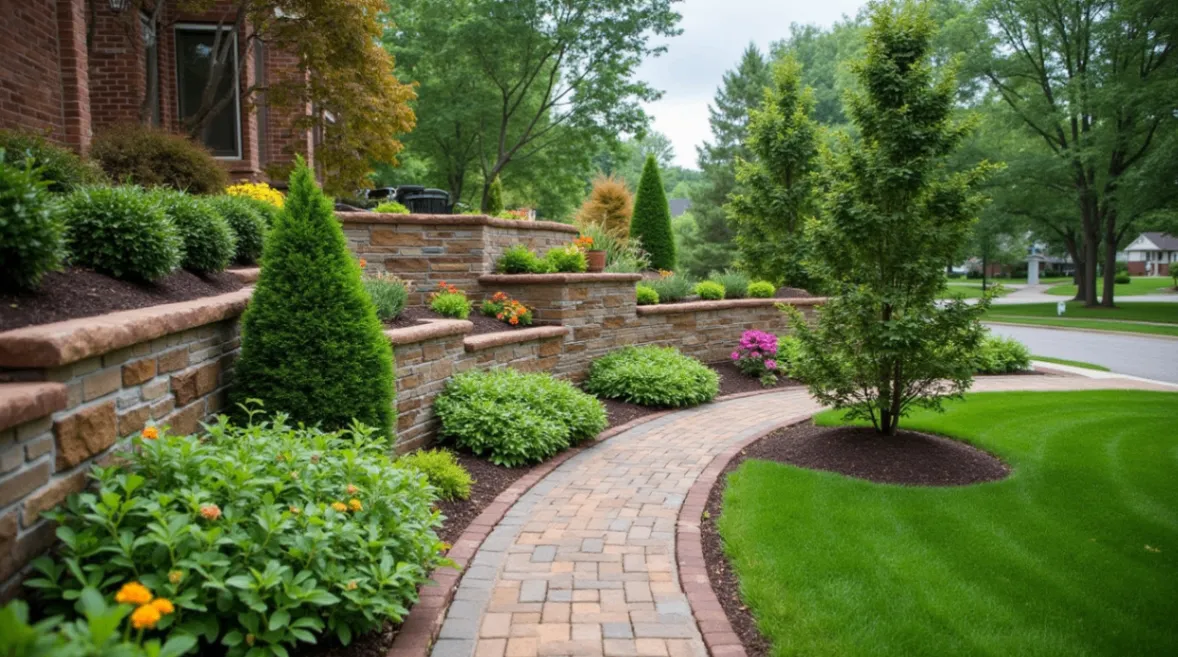
Landscaping a sloped yard can be challenging, but with the right techniques, it can become a stunning feature of your property. Terracing, using retaining walls, and planting erosion-controlling ground covers are effective strategies for managing slopes. Landscaping a slope requires careful planning to ensure stability and prevent soil erosion. By incorporating rock gardens, cascading plants, and stepped pathways, you can turn a difficult slope into a visually appealing and functional space.
14. Landscaping with Edible Plants
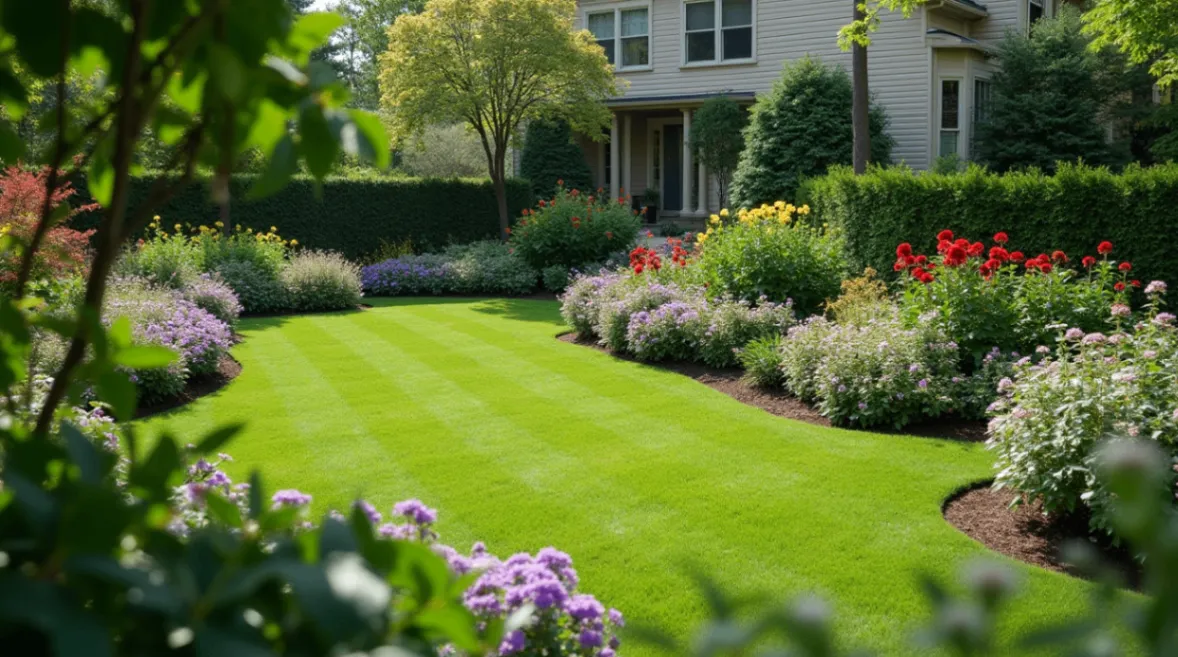
Landscaping doesn’t have to be purely ornamental; incorporating edible plants can add both beauty and functionality to your garden. Adding herbs, vegetables, and fruit trees to your landscape design allows you to enjoy fresh produce while maintaining an attractive yard. Raised garden beds, vertical gardening, and integrating edible plants into existing flower beds are all ways to seamlessly blend beauty and utility. Edible landscaping promotes sustainability and allows you to make the most of your outdoor space.
15. Landscaping with Hardscape Elements
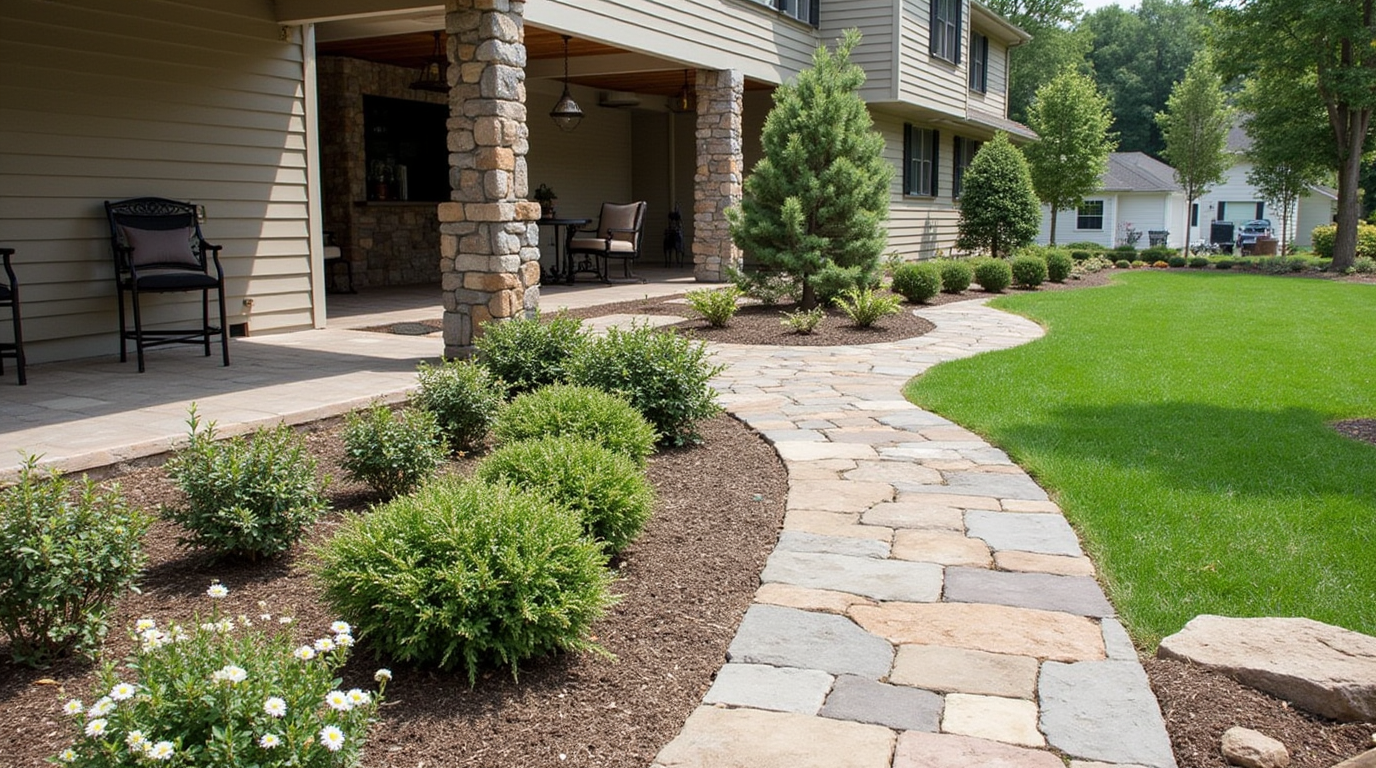
Hardscaping involves using non-living elements like stone, wood, and metal in your landscaping design. This approach provides structure and functionality to a garden, with features such as pathways, retaining walls, and patios. Landscaping with hardscape elements can create contrast with softscape features like plants and flowers, adding depth and dimension to your garden. The use of materials like natural stone, pavers, or wood can define spaces, guide movement, and create a balanced aesthetic. Hardscaping is also a practical solution for areas that need durability and low maintenance.
16. Landscaping for Seasonal Interest
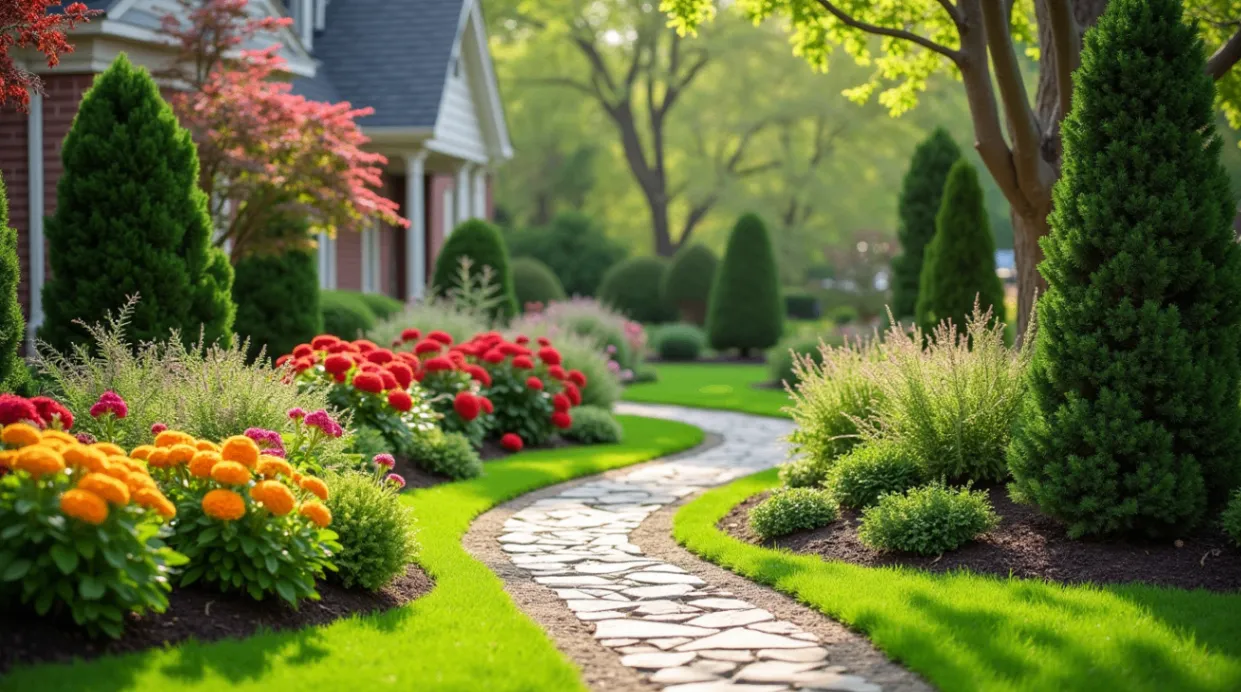
Creating a landscape that looks attractive throughout the year requires a careful selection of plants that provide seasonal interest. By choosing a mix of spring-flowering bulbs, summer perennials, fall foliage, and winter evergreens, you can ensure that your garden remains visually appealing in every season. Landscaping for seasonal interest involves more than just planting; it includes thoughtful planning of bloom times, foliage colors, and plant shapes. This approach keeps your garden lively and colorful, no matter the time of year.
17. Landscaping for Shade
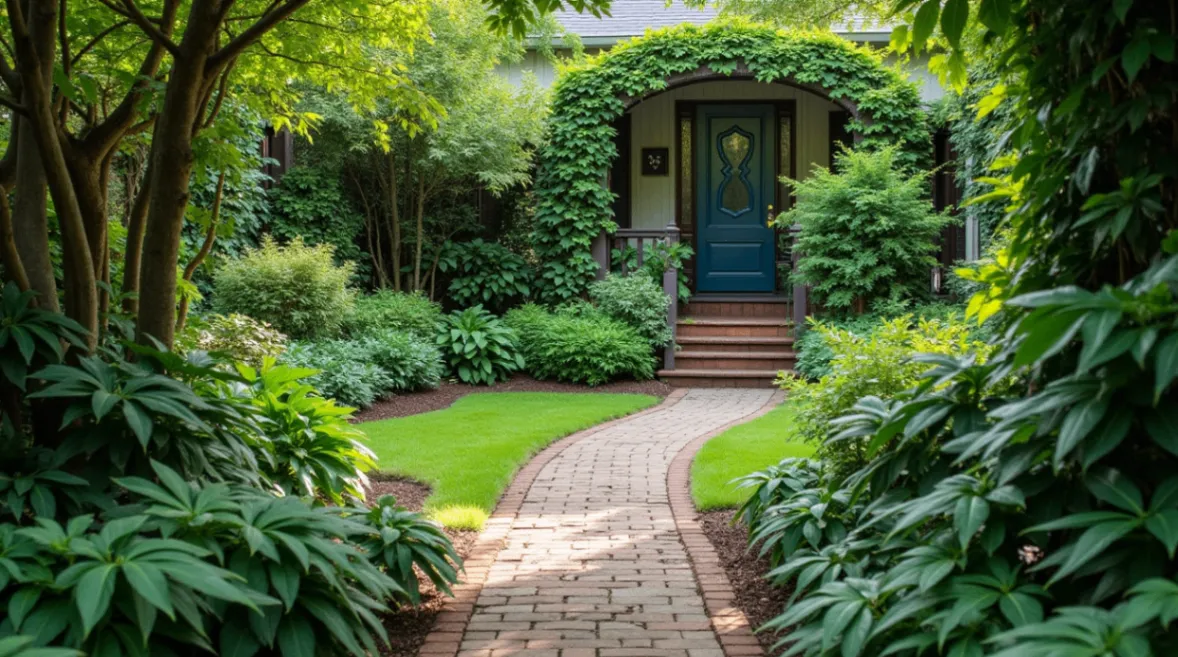
Landscaping in shady areas can be challenging, but it’s an opportunity to create a cool, tranquil retreat. Shade-loving plants such as hostas, ferns, and hydrangeas thrive in low-light conditions and add lush greenery to your landscape. Landscaping for shade involves selecting plants that can tolerate reduced sunlight and moisture levels. You can also incorporate elements like garden benches, water features, or decorative sculptures to enhance these shaded areas. The key is to embrace the natural environment and use shade-tolerant plants to create a serene and inviting space.
18. Landscaping with Succulents
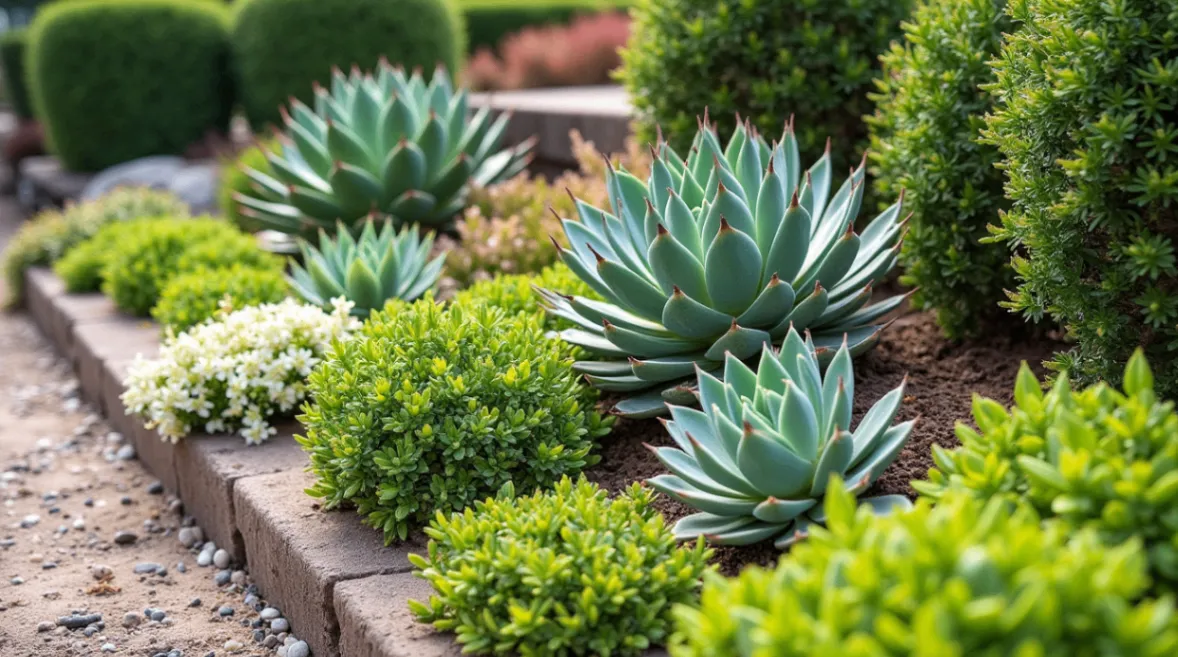
Succulents are an increasingly popular choice for landscaping due to their unique shapes, low water requirements, and diverse colors. Landscaping with succulents can create a contemporary, desert-inspired garden that stands out. These hardy plants are perfect for rock gardens, container gardens, or as accents in flower beds. Their ability to store water makes them ideal for xeriscaping, a landscaping method that reduces the need for irrigation. Succulents are versatile and can be used in various settings, adding a modern touch to any landscape design.
19. Landscaping for Urban Gardens
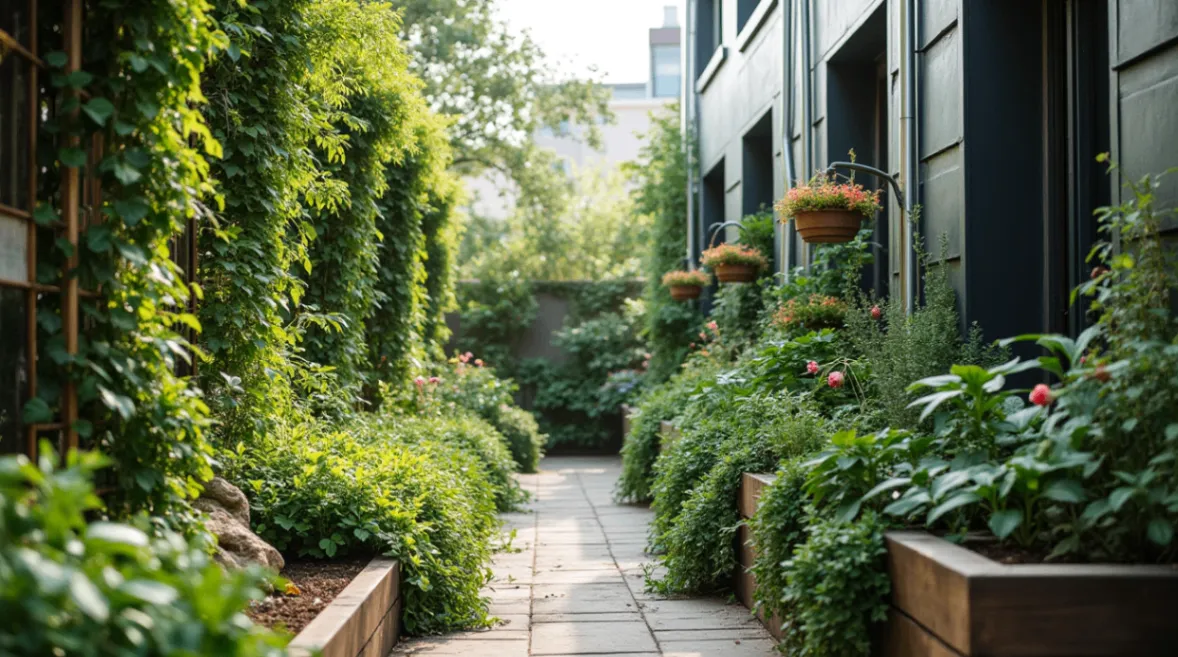
Urban gardens face unique challenges due to limited space, pollution, and shade from surrounding buildings. However, landscaping can turn even the smallest urban space into a green oasis. Using vertical gardens, container planting, and rooftop gardens can maximize space and bring nature into the city. Landscaping in urban areas often involves creative use of space and materials, such as raised beds, trellises, and hanging planters. This type of landscaping not only beautifies the environment but also improves air quality and provides a refuge from the hustle and bustle of city life.
20. Landscaping with Flowering Shrubs
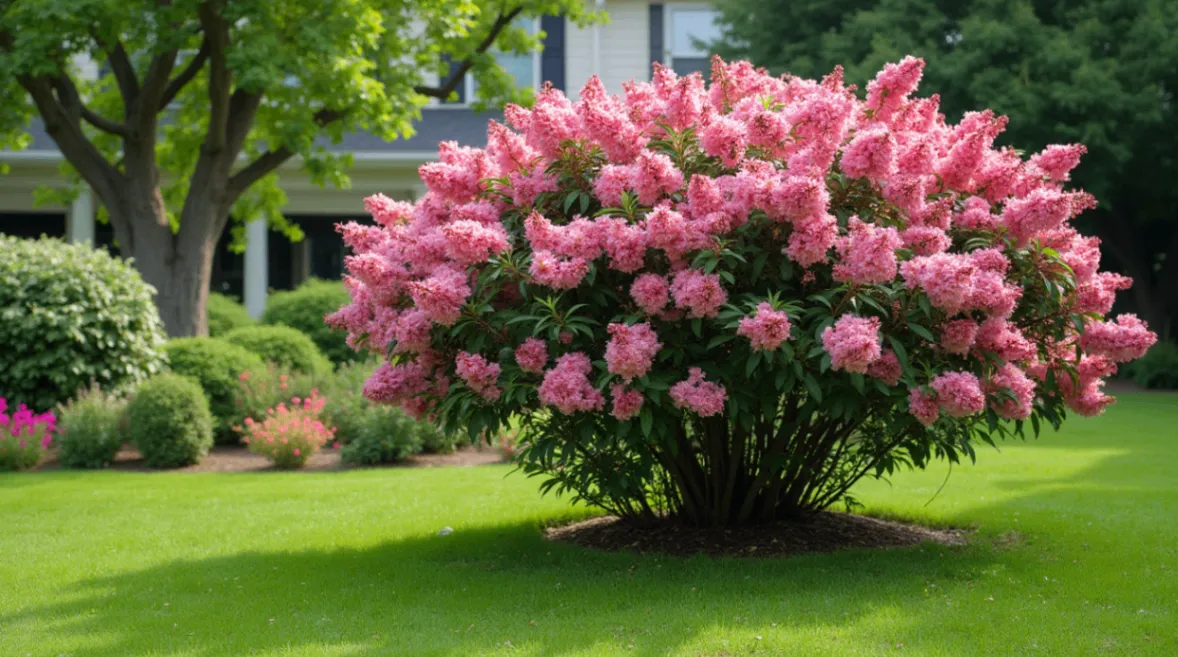
Flowering shrubs are a versatile element in any landscaping design. They can be used as borders, focal points, or hedges, adding both beauty and structure to the garden. Landscaping with flowering shrubs like azaleas, rhododendrons, and lilacs brings vibrant colors and fragrant blooms that last through different seasons. These shrubs also attract pollinators, enhancing the biodiversity of your garden. By carefully selecting shrubs based on their bloom time and size, you can create a dynamic landscape that changes throughout the year.

